Vulnerable road users in India are at high risk. Yet, they seem to be invisible
Vulnerable road users in India are at high risk, and they seem to be invisible: to vehicle drivers, traffic policemen manning signals, road planning and urban development authorities, municipalities and governing bodies, policymakers and to politicians. What gives?
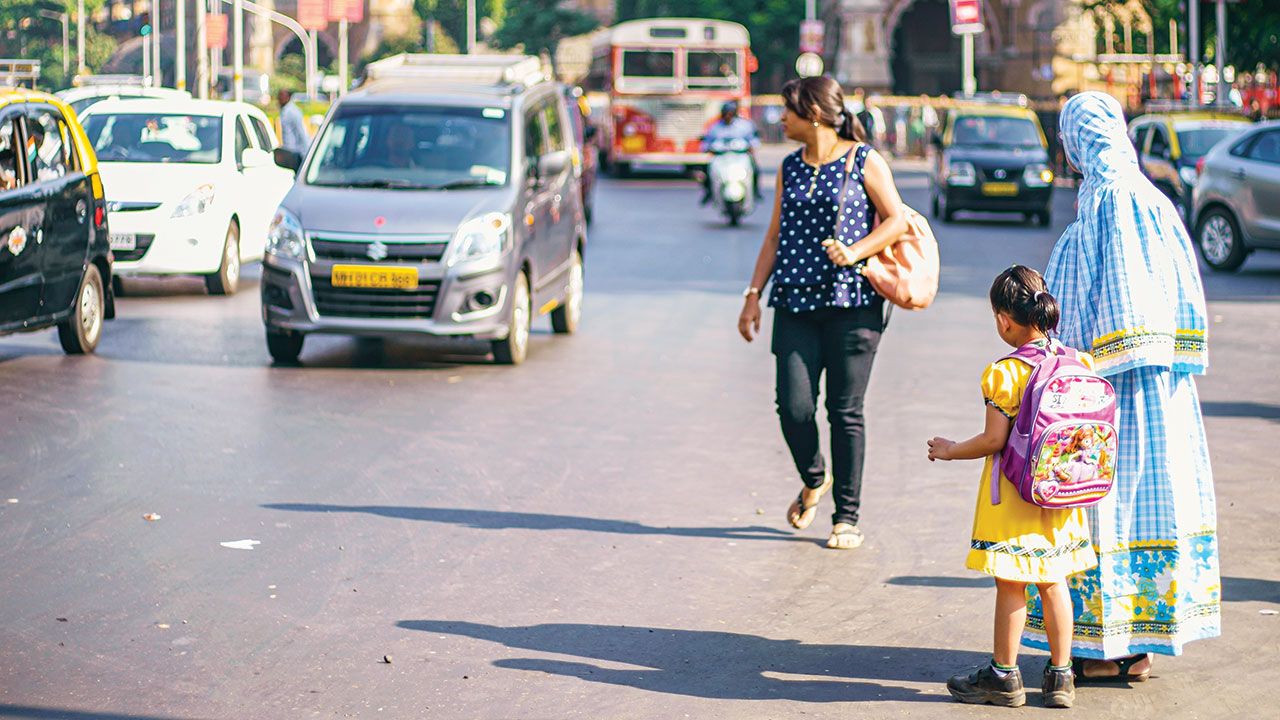
Vulnerable users face the highest risk on our roads and account for the maximum fatalities. Yet, they seem to be invisible to everyone who matters. What gives?
My heart breaks every time a schoolchild lifts her hand to request vehicles to stop to cross the road and get to school. Russian missiles that rain down on hapless Ukrainians without discrimination are lifeless, but a car driver or a bike rider is not – one assumes there is a brain and heart even when they drive a car or ride a bike.
Vulnerable road users in India are at high risk, and they seem to be invisible: to vehicle drivers, traffic policemen manning signals, road planning and urban development authorities, municipalities and governing bodies, policymakers and to politicians. Vulnerable road users are those who also use roads, but are bereft of protection. Typically, these are pedestrians, cyclists, handcart pullers and occupants of animal-drawn vehicles, non-motorised vehicles and even e-rickshaws. Do you remember seeing them or registering their presence during your morning commute or highway drive?
Also Read: Srini has a few interesting awards of his own to hand out
Our urban roads are designed to accommodate the maximum number of vehicles possible and translocate them from one signal to the next. A traffic policeman will be answerable if he cannot process the traffic quickly enough – do you think a higher-up stuck in a traffic jam will compliment him on allowing pedestrians to cross safely? Typically, the policeman won’t even be bothered till a robust traffic management system forces him to do so, but what’s that, right? This is why when a cop helps an old lady cross the road, it makes for a WhatsApp forward, if not news – like man bites dog.
Coming to the definition of vulnerable road users, typically two-wheeler riders are also included. But there are several issues with that, according to me. One, it skews the data when you try to introduce some road safety interventions to protect vulnerable road users. For example, pavements – does it belong to them as well? (Well, two-wheeler riders certainly think so, but that’s beside the point). Two, they are comparatively at a reduced level of vulnerability considering that they should be wearing helmets and some sort of protective gear; if they don’t, they have chosen to be vulnerable. Three, a majority of them, across the country, head out towards their destination with the aim of NOT getting there, but to the nearest hospital or morgue. It may sound glib or harsh, but the statistics are not flattering.
Also Read: Are vintage and classic cars purchases of the heart or the mind
According to data from the Ministry of Road Transport and Highways (MoRTH) for 2021, there were 69,385 fatalities of two-wheeler riders, accounting for a whopping 45 per cent of ALL road fatalities in the country. Okay, now perhaps all of those near-70,000 deaths may not be entirely the rider’s fault, but what do you think it should be? All will be revealed.
Then there are, what I call, the really vulnerable road users who in total accounted for 46,228 deaths or 30 per cent of the overall 153,972 road fatalities that occurred in 2021. By the way, after two-wheelers, pedestrian fatalities have the highest share – 19 per cent, which grew by a quarter over 2020! Wonder what the 2022 numbers will reveal – I am sure it’s not going to be dramatically different, or positive.
Okay, so MoRTH – to get more granular in its data collection – in 2019, started identifying ‘crime vehicles’ and ‘victim vehicles’ involved in road fatalities, the definition of which is self-explanatory. The leading three crime vehicle types that killed pedestrians were Cars, Taxis, Vans & LMVs, followed closely by Two-wheelers and then Autorickshaws. So what sort of crime vehicles killed a majority of two-wheeler riders? Well, what do you know – most of them were caused by Two-wheelers themselves, followed by the Cars & LMV category, then Trucks & Lorries.
Anyway, if you combine both ‘real vulnerable’ with the ‘quasi-vulnerable’ two-wheelers, they account for 65 per cent of all fatalities – do you think they proportionately account for 65 per cent of all conversations and heated buzz that take place on road safety? Maybe 65 per cent of headlines or prime time or even WhatsApp forwards related to crashes? Are road safety interventions by all the powers that be targeted majorly towards this 65 per cent? Do you think pedestrians, cyclists and other non-motorised transport users have a say when it comes to road usage, or have equal rights as car owners and truck drivers? Well, you know what the answers are. Starting in 2023, the least we can do is to be more aware and considerate towards them every time we head out on our bike or car. Let alone strangers, sometimes we or our loved ones are the ones who are “vulnerable.”
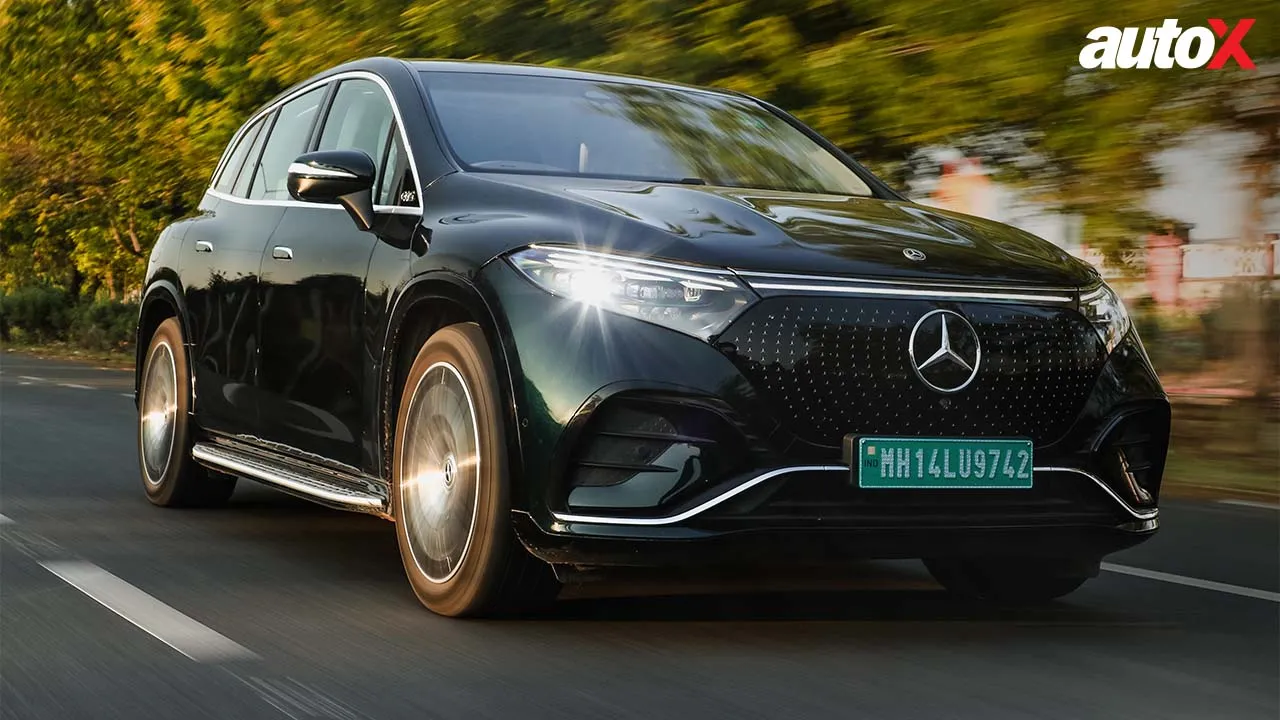
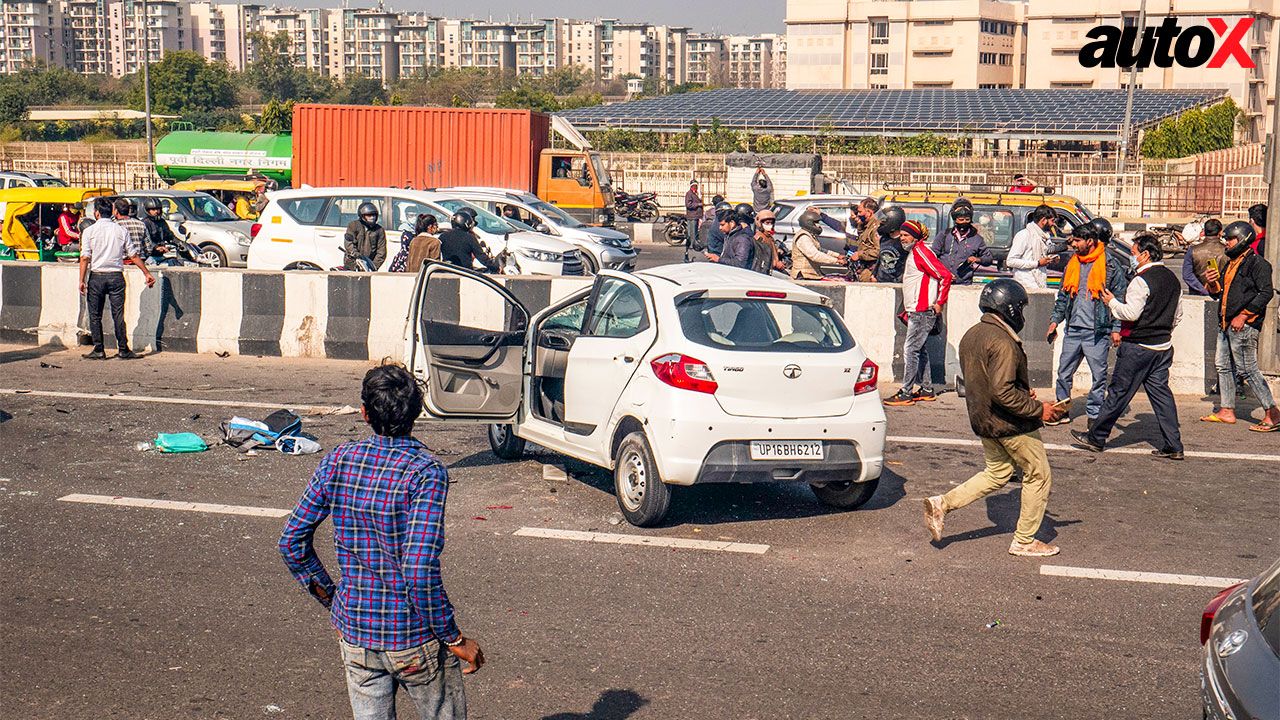
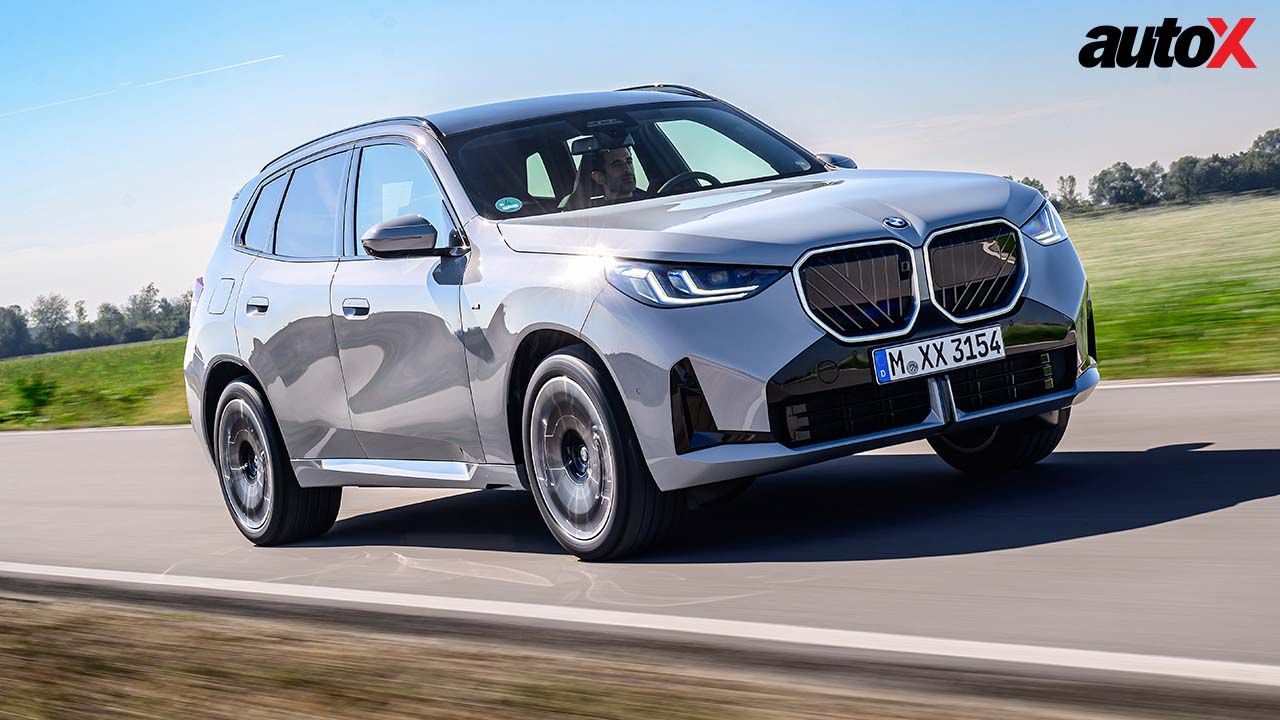


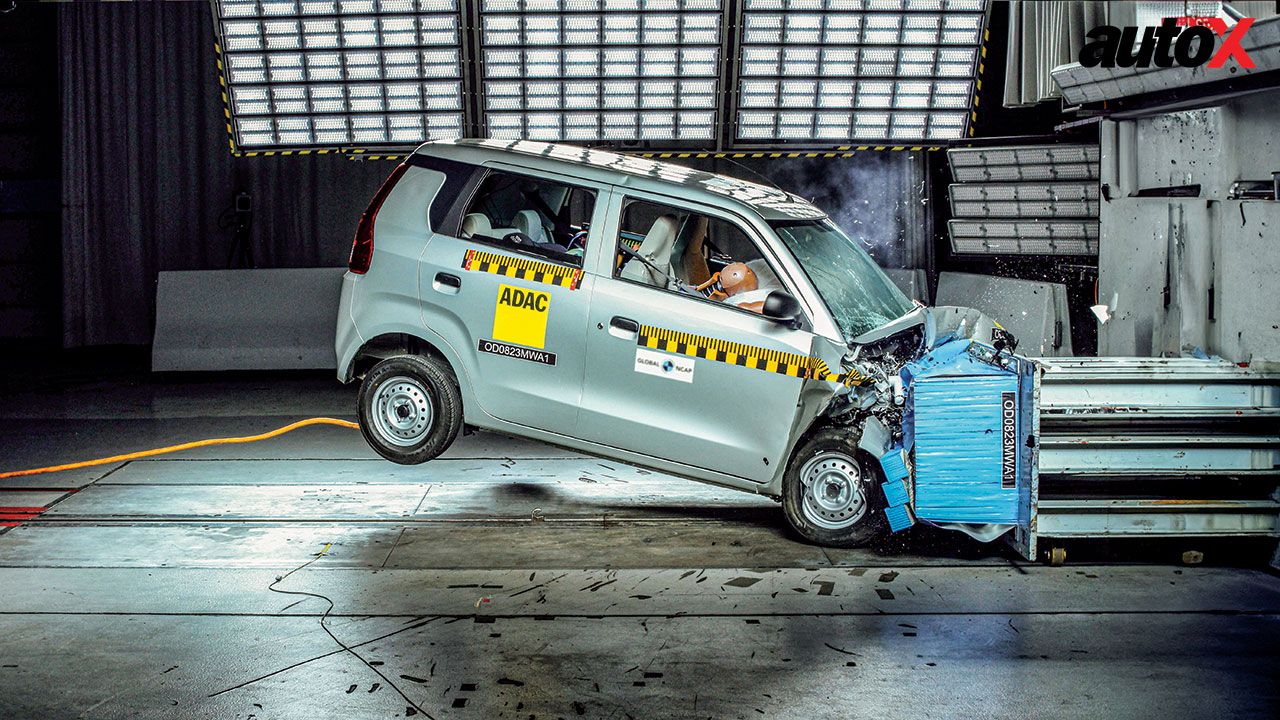
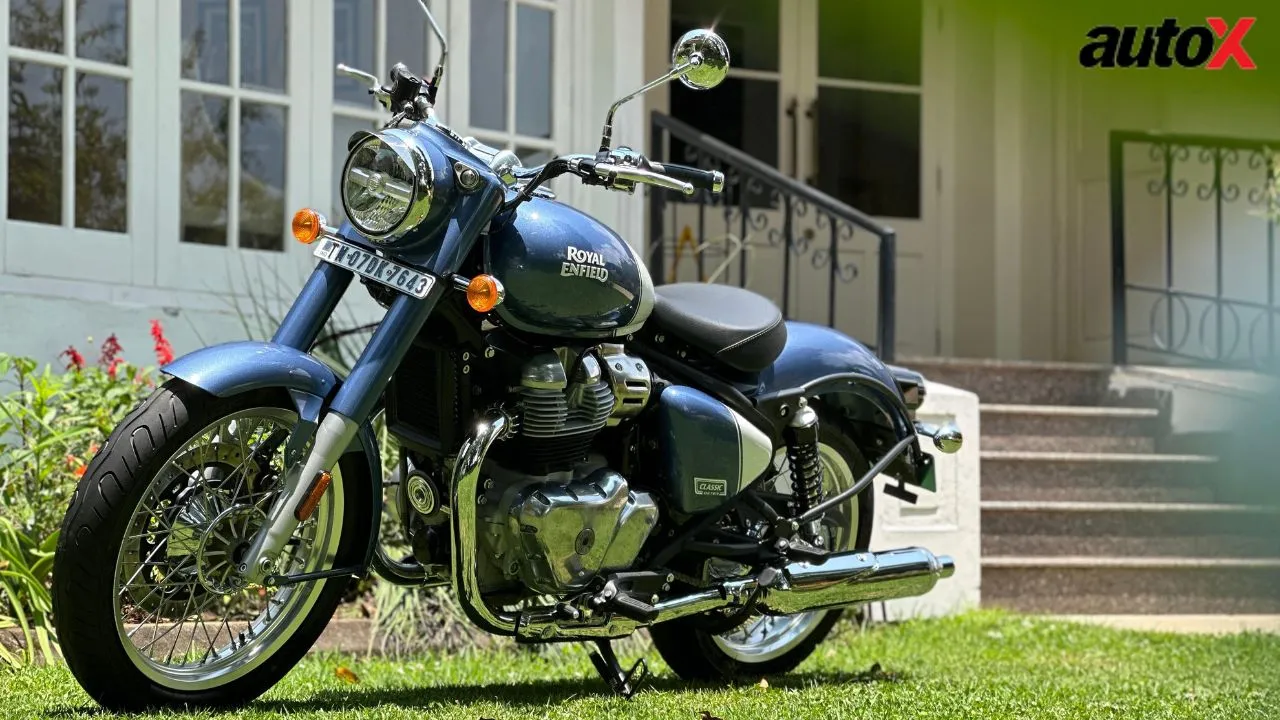
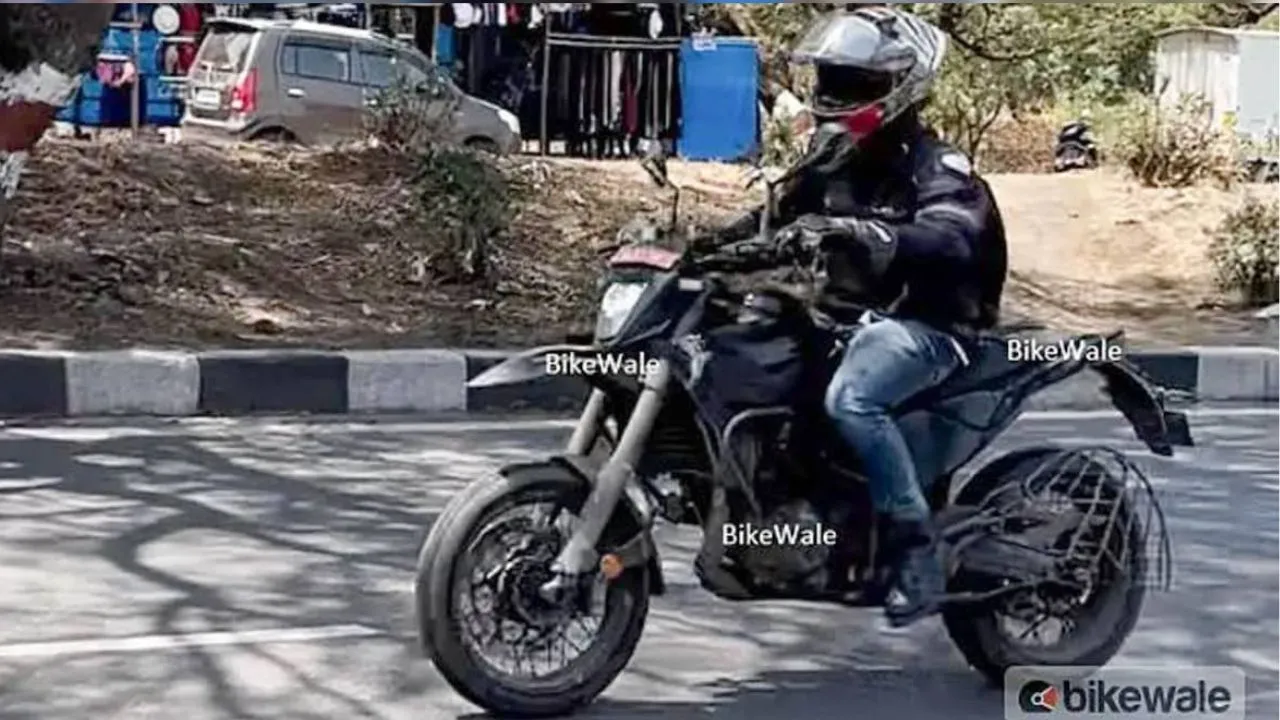
-(1).webp)

-(1).webp)


















Write your Comment on